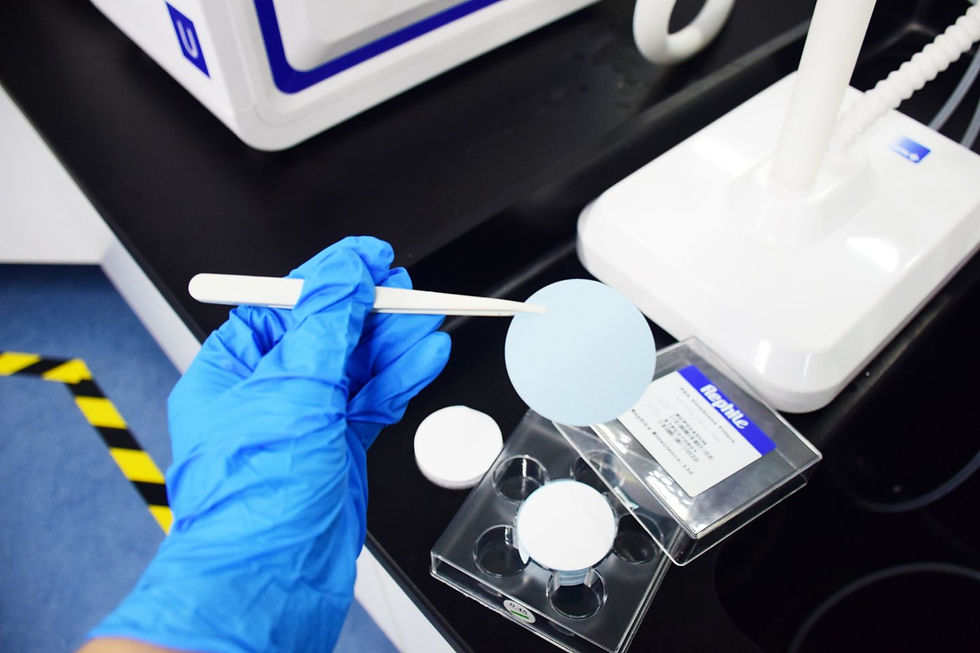
Cancer-fighting cell therapy company Chimeric Therapeutics has finished its fourth and final phase-1A dose escalation study at the City of Hope campus in the United States, with the successful treatment of a third clinical trial cohort using a scorpion venom derivative.
The purpose of the study was to evaluate the safety and maximum tolerable dose of the company’s “CHM 1101” treatment for patients with recurrent or progressive glioblastoma (GBM). The treatment was administered across four dose levels, with the final trial cohort receiving CHM 1101 cells through both intra-tumoral and intra-ventricular dosage.
Chimeric is currently trialling CHM 1101, which it describes as the “first-in-class” chlorotoxin (CLTX) chimeric antigen receptor (CAR) T-cell therapy that it is developing for patients with solid tumours.
CLTX is a 36-amino acid peptide channel blocker derived from the venom of the Palestine Yellow Scorpion, which has been shown to have potential to treat human tumours and may also have value in insulin regulation and application in the treatment of diabetes. The study was undertaken at the City of Hope’s Los Angeles campus – one of the biggest cancer research and treatment organisations in the US.
We are very pleased that the Phase 1A City of Hope clinical trial has completed dose escalation at all four planned dose levels. We look forward to providing an update on the safety and efficacy from the trial before the end of the year. Chimeric Therapeutics managing director Jennifer Chow.
The trial treatment follows a key allowance last month from Japan’s patent office for certain applications of the company’s CAR technology using CLTX, including its clinical-stage CHM 1101 asset and its preclinical stage CAR natural killer asset known as “CHM 1301”.
Initial patent protection for the CLTX CAR technology in Japan was granted last year. The recent allowance notice expands the scope of patent protection to cover a broader range of CLTX CAR designs and constructs.
A notice of allowance is issued when a patent office determines that an application satisfies the requirements for patentability. Chimeric’s new allowance will expand its intellectual property rights and protection of its important innovations and assets.
For the company’s discovery, invention and research to be accepted as patentable in Japan, it could be seen as an imprimatur of excellence as that nation is now industry-recognised as the world’s third-biggest pharmaceutical market.
Chimeric has already moved to more advanced development of CHM 1101 in a new phase-1B clinical trial, which is currently open for enrolment at the Sarah Cannon Transplant & Cellular Therapy Program at St. David’s South Austin Medical Centre in Austin, Texas.
The trial is being run under a US investigational new drug application in two-parts to establish a recommended phase-two dosage and administration schedule. Part A of the trial will enrol three to six trial participants at the highest dose tested in the phase-1A trial at City of Hope.
The company says that following a favourable review and update on the clinical safety and activity from the CHM 1101 clinical program, part B of the trial will be opened and will involve a bigger dose expansion cohort of between 12 and 26 additional participants.
If part-B trials are successful, management intends to design and initiate a registrational trial consistent with regulatory guidance and feedback.
Chimeric’s vision is to bring the promise of cell therapy to reality for more patients with cancer, with the main objective of working to create cellular therapies to effect permanent cancer cures. If the company can find its answers to its myriad of treatment questions through the assistance of an arachnid, then scorpions might be viewed in a whole new light.
Is your ASX-listed company doing something interesting? Contact: office@bullsnbears.com.au